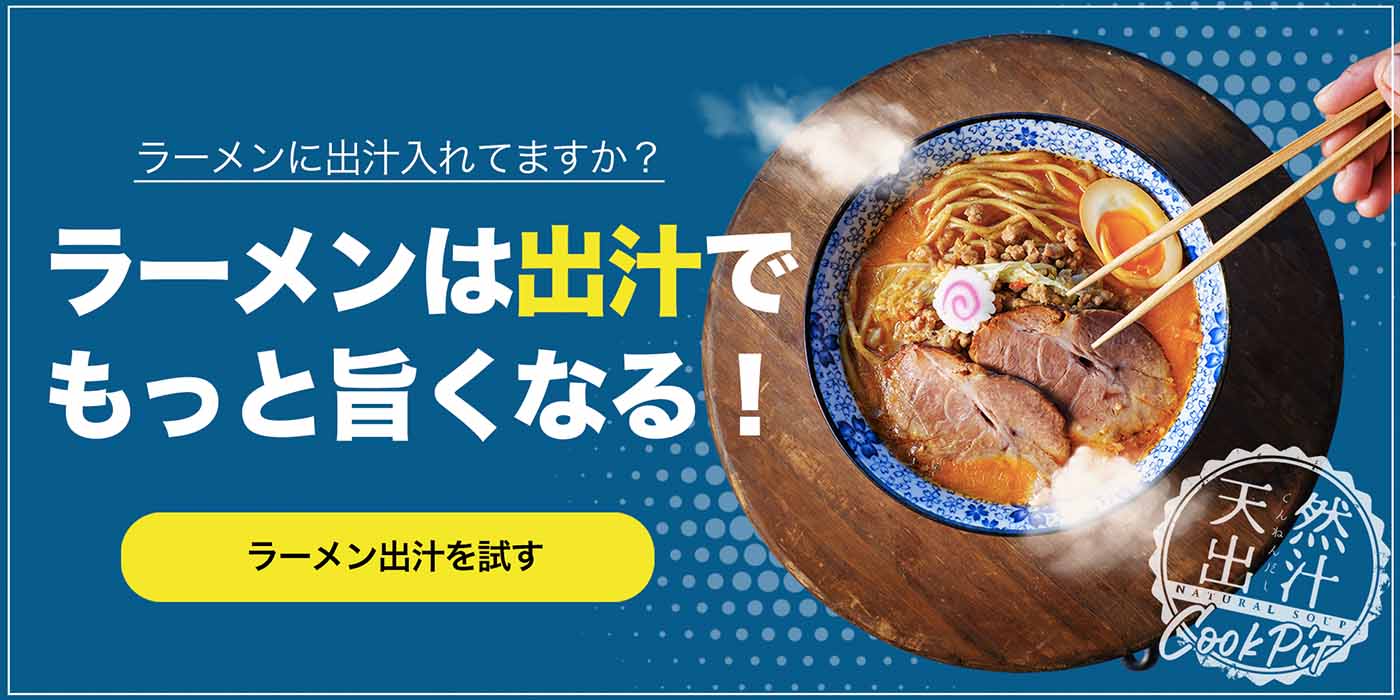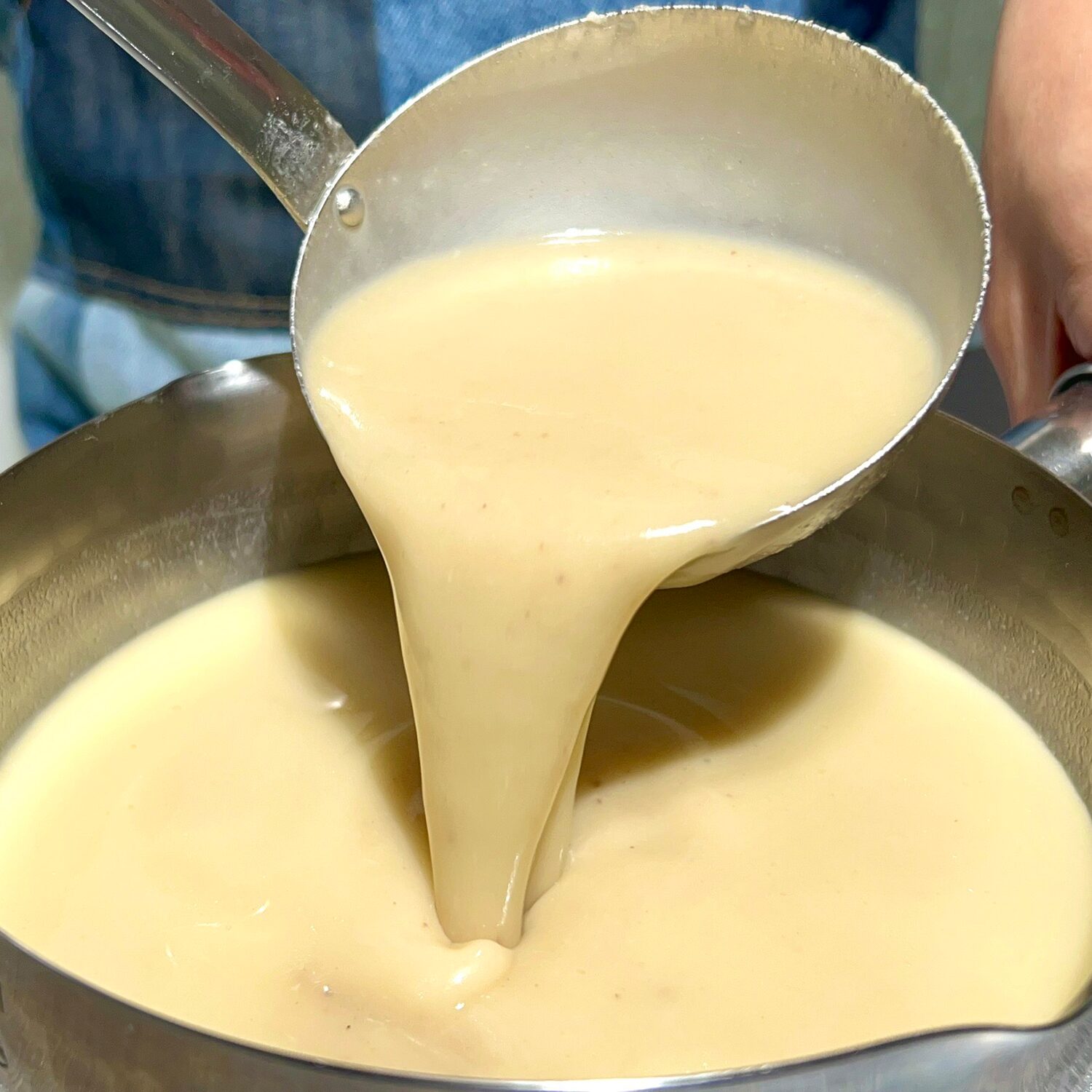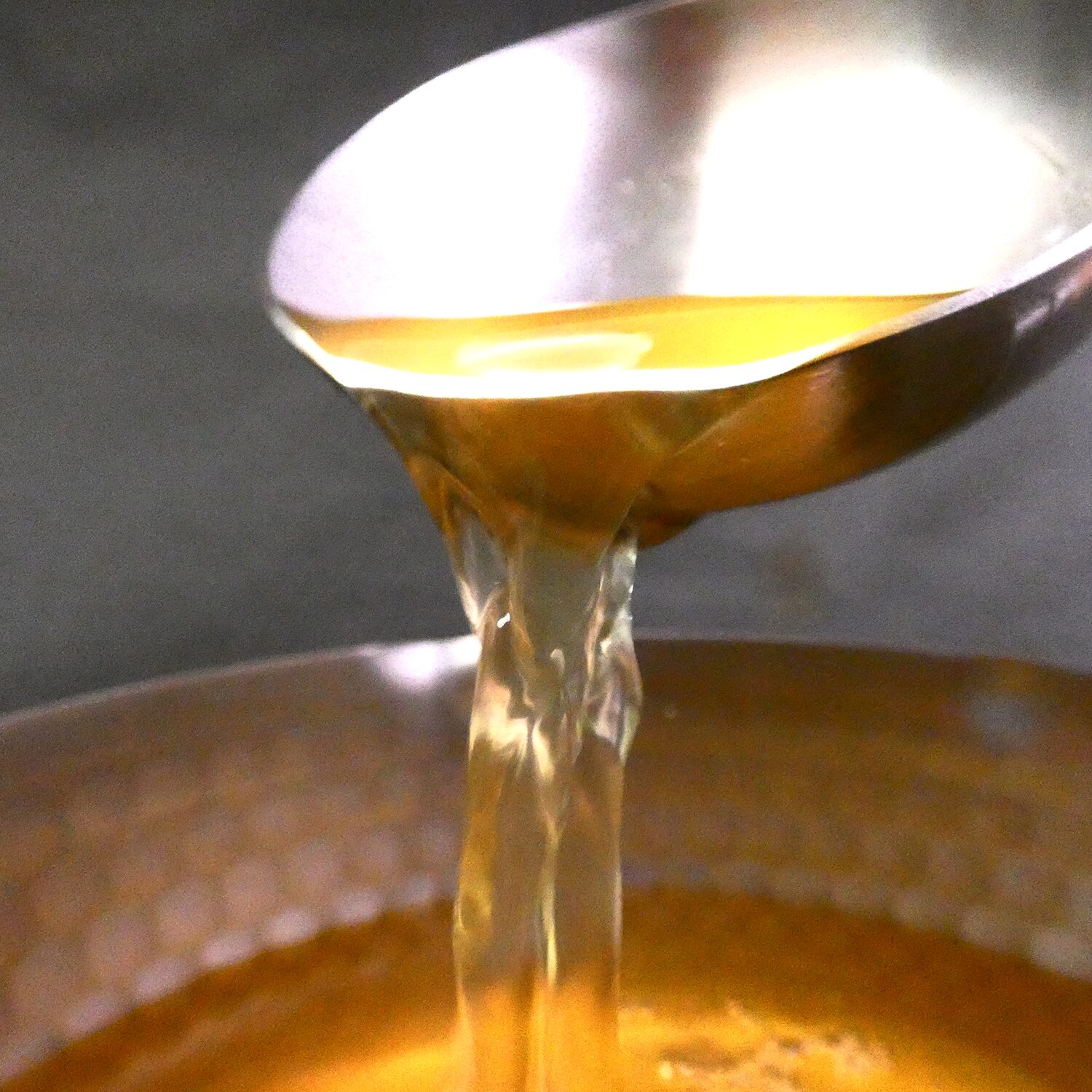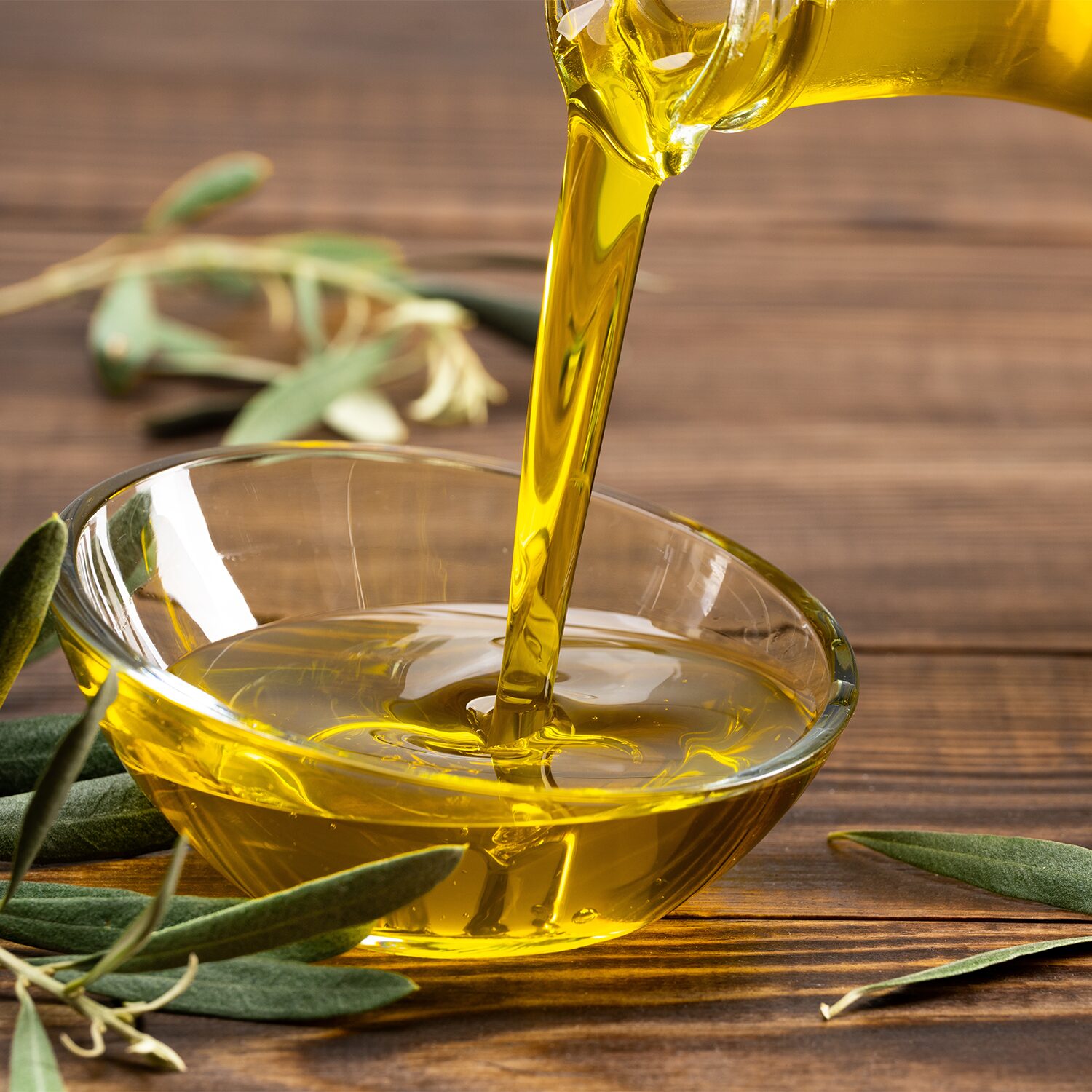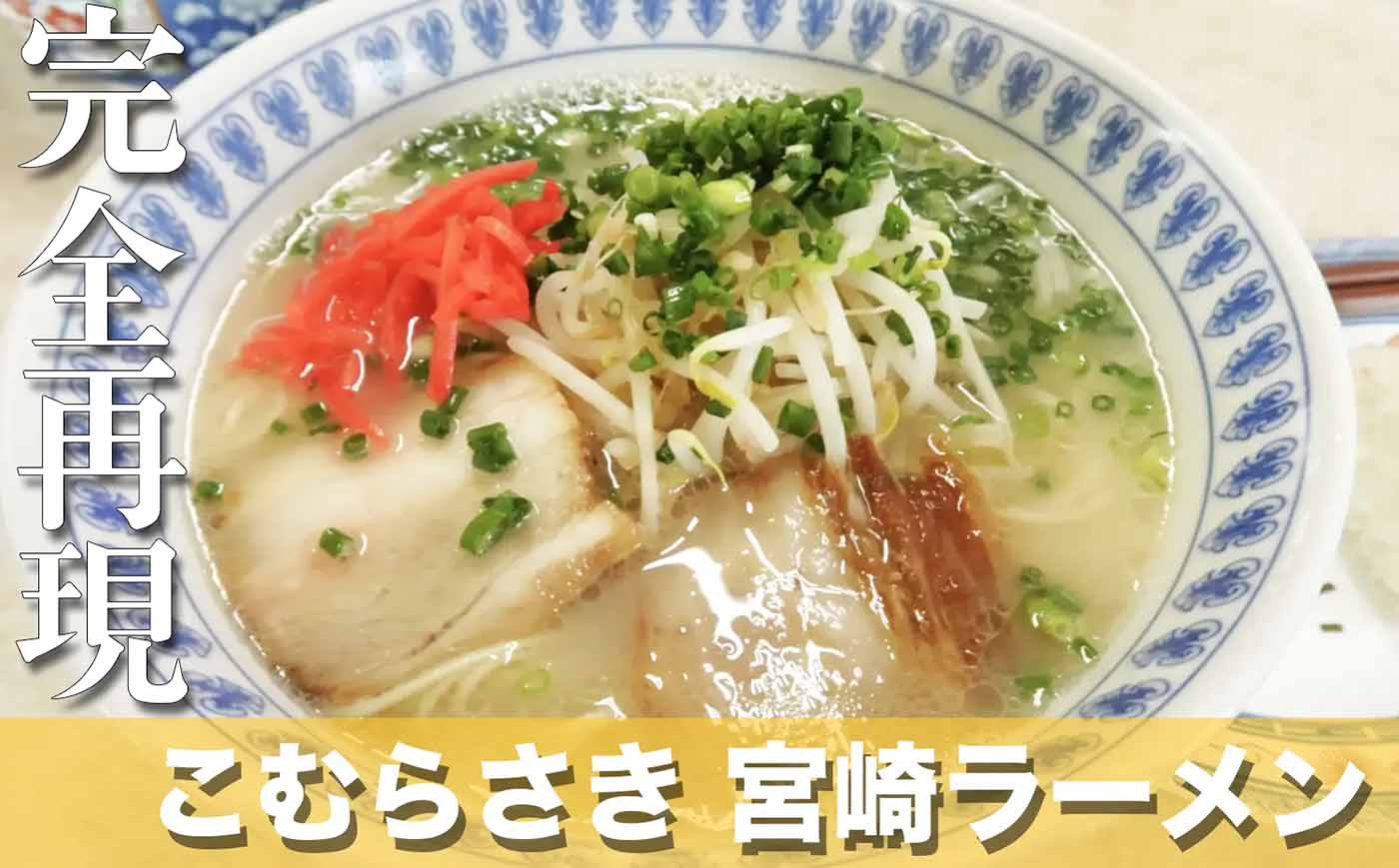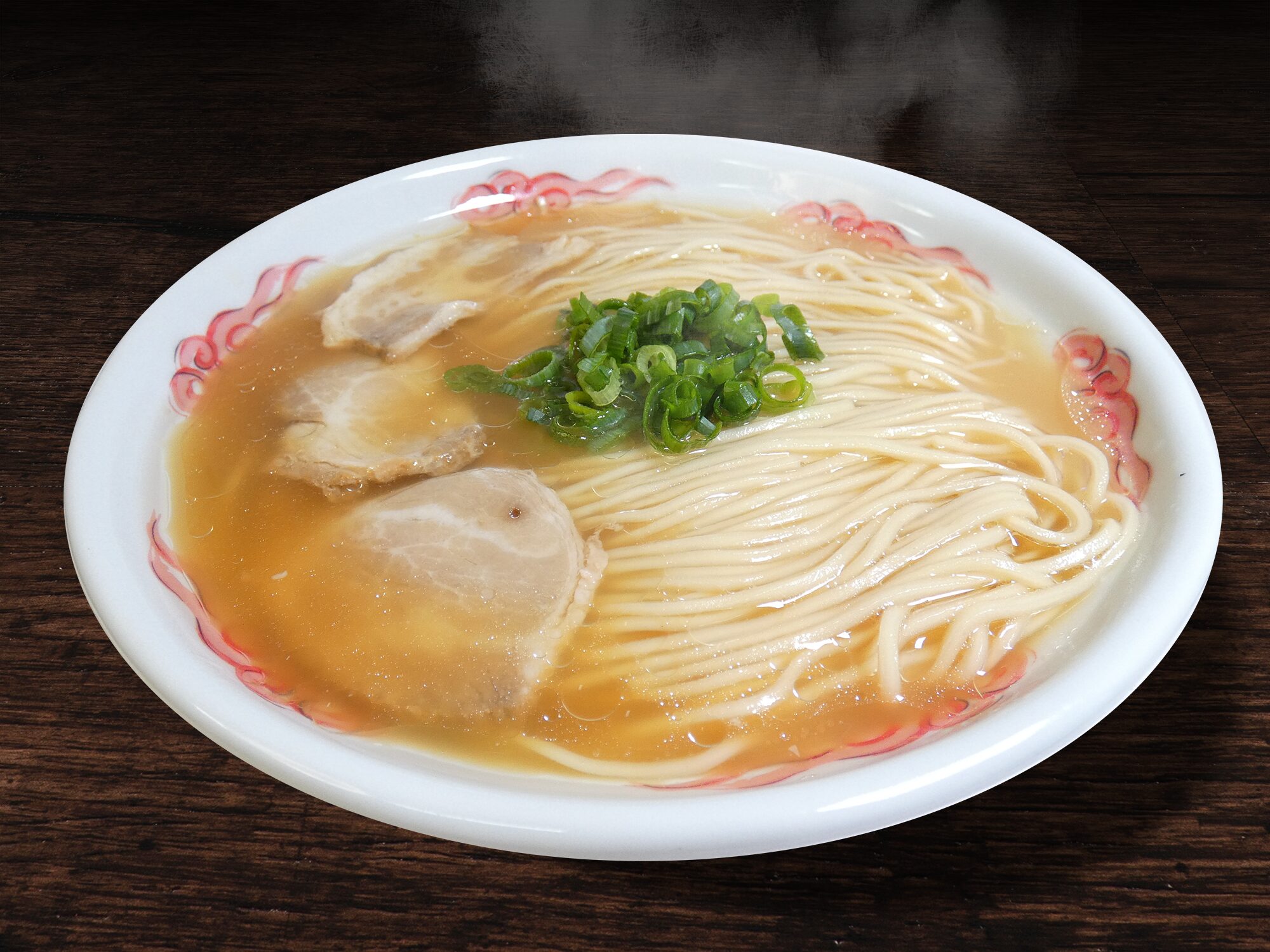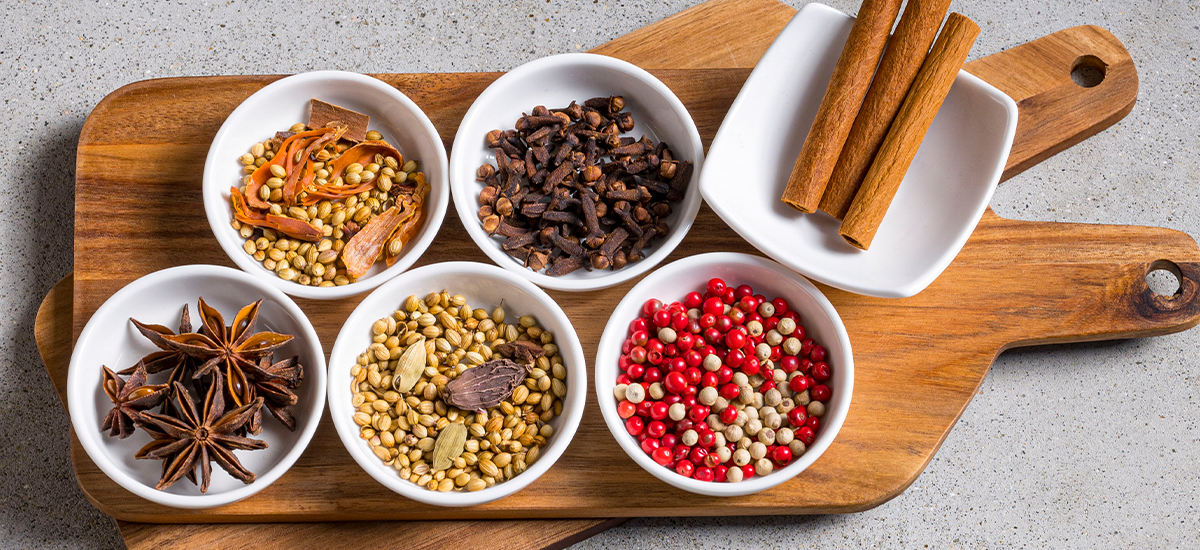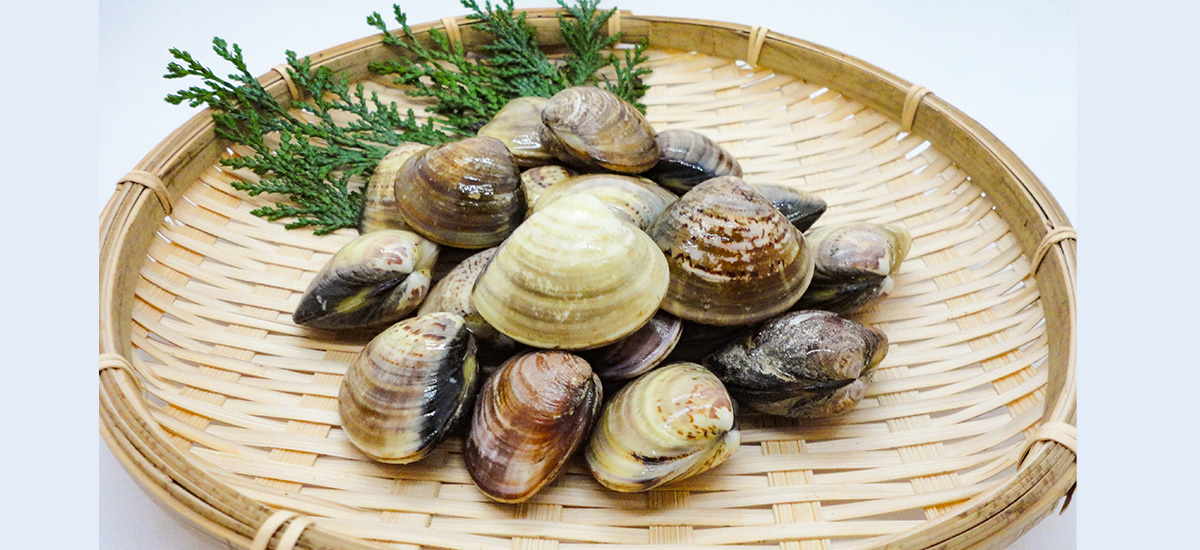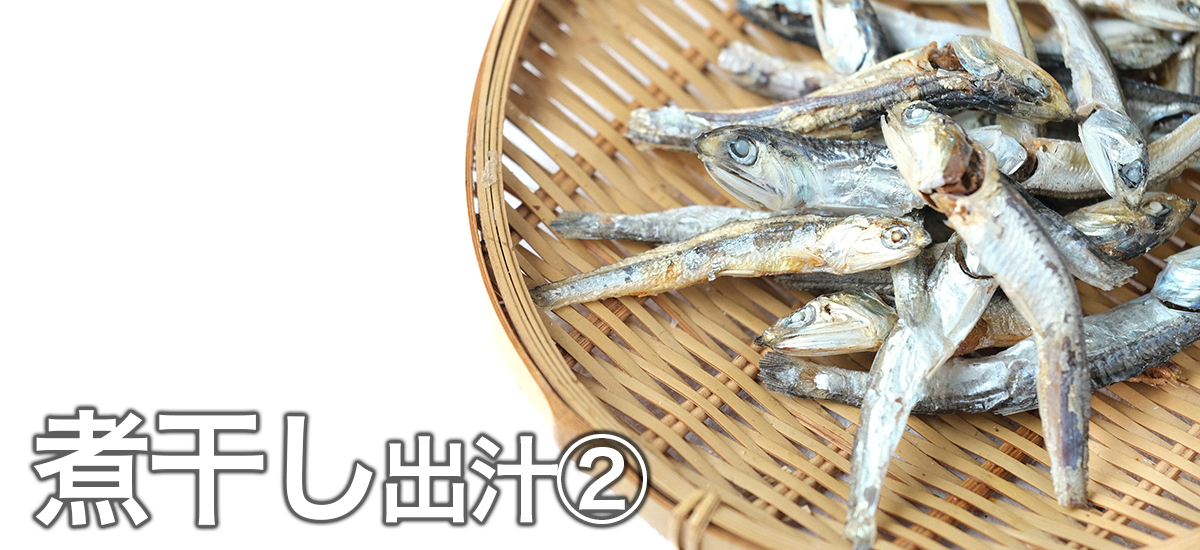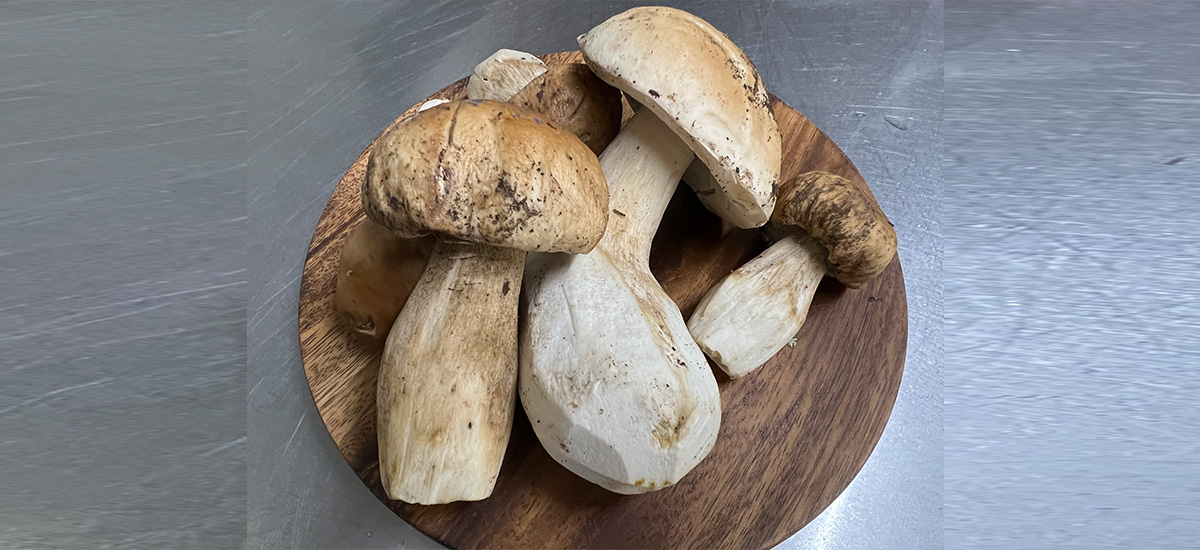[Perfect Reproduction] A recipe that recreates the professional taste of Higashi-Ikebukuro Taishoken Tsukemen
![[Famous Restaurant Recipe] How to Make Higashi-Ikebukuro Taishoken Style Ramen Soup](https://cookpit.jp/wp-content/uploads/2023/01/066461d0d295f4c5a530d705c9900c8d.jpg)
How to recreate "Higashi-Ikebukuro Taishoken "Tsukemen
Introduction
This is an introduction to a recipe that recreates Tsukemen Higashi-Ikebukuro Taishoken that represents Higashi-Ikebukuro, Tokyo.
The soup stock, which exudes the dignity of the original Tsukemen, is made by slowly extracting the umami Umami from pork bones, chicken bones, seafood, and Aromatic Vegetables.
This is a recipe that uses commercial Ramen soup to easily recreate the taste of Higashi-Ikebukuro Taishoken.
How to make Tsukemen Higashi-Ikebukuro Taishoken
Ingredients for Higashi-Ikebukuro Taishoken
・Water...10 liters
・Pig's feet...1kg
・Pork knuckles・・・300g
・Chicken bones... 300g
・Maple leaves・・・300g
・ [Commercial Use] Pork Clear Soup (CP-BC6)...3kg
・Thickly shaved mackerel・・・100g
・ Dried sardine...100g
・Ground pork・・・100g
・ Onion...1
・Carrot・・・ 1
・ Garlic...1 stalk
・ Ginger...50g
・Long onion...1/2
・Egg shells...appropriate amount
How to make Higashi-Ikebukuro Taishoken
- Boil the pig's feet, knuckles, chicken bones, and maple leaves in boiling water for 2-3 minutes to Blood removal, then immediately remove and rinse under running water.
- Place the drained pig's feet, knuckles, chicken bones, and maple leaves in a pot and simmer over low heat for 5 hours.
- By carefully removing the scum that appears during the process, you can reduce strange odors and unpleasant flavors.
- Cook while breaking down the bones, and if the soup Evaporation and reduces during cooking, add water to make up for the loss and return it to the original amount.
- Once the bones have been broken down, they will form the base of the flavor. [For commercial use] Add frozen pork clear soup (CP-BC6) and dissolve over low heat.
- In another pot, cook thickly shaved mackerel and Dried sardine for 1 hour.
- Add the ground pork and cook. Skim off any scum that appears.
- Add the vegetables and cook for 1 hour.
- Add egg shells and skim off the scum to finish.
A simple recipe to recreate "Higashi-Ikebukuro Taishoken"
![[Famous Restaurant Recipe] How to Make Higashi-Ikebukuro Taishoken Style Ramen Soup](https://cookpit.jp/wp-content/uploads/2023/01/066461d0d295f4c5a530d705c9900c8d.jpg)
👉【無料サンプル】「東池袋大勝軒」の再現セットはこちら>>
Ingredients (for 1 cup)
- [Commercial Use] Pork Clear Soup (CP-BC6)... 100cc
- [Commercial Use] Mackerel Dashi Pack...100cc
- [For commercial use] "Higashi-Ikebukuro Taishoken" Replica Kae-ji...45g
- [Commercial use] Pure lard...20g
- Thick noodles...1 ball
- [For commercial use] Sukoburu Menma...appropriate amount
- [For commercial use] 6-slice nori seaweed...appropriate amount
- Green onion...appropriate amount
- Naruto...appropriate amount
How to make it
- [For commercial use] Dissolve the pork clear soup.
- Add one packet of [Commercial Use] Mackerel Dashi Pack to 2 liters of water and boil for 20 minutes.
- Combine pork clear soup and mackerel stock.
- Pour the soup mixed with the seasoning into the warmed bowl.
- Arrange the noodles and toppings and you're done.
「東池袋大勝軒」再現サンプル
[Limited quantity] Free sample delivery for only 500 yen shipping!
For enquiries, please contact us below.
History and origins
Higashi-Higashi-Ikebukuro Taishoken, run by Kazuo Yamagishi, considered the creator of Tsukemen, typically serves 300g of noodles per bowl. Tsukemen soup is Light taste and light, ideal for the thick, homemade noodles. The vinegar added to Tsukemen soup neutralizes the alkaline water and eliminates the alkaline odor. Tsukemen was first introduced by Kazuo Yamagishi as "Marucho Nakano. The name "Tsukemen" originated in the 1960s when the "king of Tsukemen," Dowa Seimensho, came across Higashi Higashi-Ikebukuro Taishoken while pursuing the perfection of noodles. The name, "Tsukemen," was coined and registered as a trademark, referring to the practice of dipping noodles in a dipping sauce. This was around the time Ramen was priced at 35 yen and mori soba at 40 yen. Tsukemen is typically eaten by dipping cold noodles in hot soup. There is also a style known as "Hot noodle serving," in which hot noodles are dipped in hot soup. There is also a system called "Soup wari" where you can add more soup stock after you have finished eating so that you can drink it all to the last drop. Chef Yamagishi, also known as the god of Ramen, is from Nagano, a place famous for soba, and loves soba. He created this ramen because he thought there should be Ramen that tastes like soba mori soba. Yamagishi, who was the manager of Nakano Taishoken, opened his own Higashi-Ikebukuro Taishoken, in 1961. In 1982, his wife died suddenly (at the age of 52), and the restaurant was closed for about seven months due to the disappointment.
Upon hearing of his closure, he received voices of hope, gratitude, and consolation, which led him to decide to reopen. He then took on many apprentices and generously passed on his traditions. Taishoken is a Ramen restaurant founded in 1951 by his cousin, Sakaguchi, and Yamagishi. The name comes from the phrase "bigger than everyone else." Sakaguchi, the creator of Taishoken, co-founded Marucho in Ogikubo in 1947. At the time, they purchased ingredients on the black market and opened a ramen shop. Founded by friends from Nagano Prefecture, the restaurant continues to thrive as the Marucho Marucho, branching out into Marunaga, Taishoken, Eiraku, Eiryuken, and Marushin. Taishoken, expanded to California in 2019. This Ramen restaurant, originally started by a group of like-minded people in Nagano Prefecture, continues to connect Tsukemen to the world.
This restaurant is said to be the original Tsukemen restaurant and continues to be loved by many fans.
Shoyu soup is not flashy, but you can really taste the flavor of the broth, and the carefully made homemade noodles are delicious! Be sure to try this traditional flavor that is somehow comforting.
Store Information
- Store name: Higashi-Ikebukuro Taishoken Main Store
- Address: 2-42-8 Minami-Ikebukuro, Toshima-ku, Tokyo
- Opening hours: 11:00~ (LO 21:50) (Ends when soup runs out)
- Closed: Wednesdays
*Business hours and holidays may change, so please check with the store before visiting.
客単価UP狙いませんか?✨
Popular Ramen ingredients
Why not try another ingredient that will increase your average customer spend?
Others also viewed this recipe
Others also viewed this soup recipe
Precautions
*Created by Nishio Ryoichi as an homage Higashi-Ikebukuro Taishoken.
*This recipe is for reference only. It aims to have a similar taste, but may differ from the authentic Higashi-Ikebukuro Taishoken recipe.
References
■ Title: "Ramen Encyclopedia"
■Author: Ryoichi Nishio
■Publisher: Asahiya Publishing Co., Ltd.
